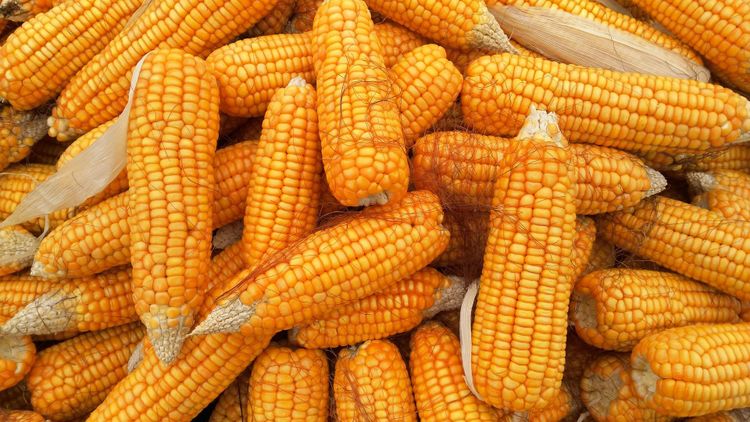Will the US Produce Enough Soybeans to Meet Demand This Year?
Even as US soybeans approach the halfway point in the critical pod-filling stage, it is still a close call whether production will keep up with demand, a Gro analysis shows. That raises the possibility of critically low soybean stocks, and high prices, for a second year in a row.
Gro’s US Soybean Yield Forecast Model currently projects a final soybean yield of 51.36 bushels per acre, as record yields in Arkansas, Michigan, North Carolina, and Ohio are seen offsetting drought-stricken yields in northern areas of the Western Corn Belt.
But with only 87.6 million soybean acres planted in 2021, production will struggle to meet the USDA’s recently lowered expectations for demand of 4.38 billion bushels.
Gro believes a yield of 50 bushels per acre is needed for supply to match demand. Whereas yields above this level will provide a small supply cushion, yields below will prove untenable without higher prices to restrict use. In any event, the 2021/22 stocks-to-use ratio will remain around the tightest levels since 2013.
Gro users can use Gro’s interactive US Soybean Balance Sheet to test various supply and demand assumptions and to assess how changes in line items might impact ending stocks.
Weak soybean supplies are also being met with reduced demand, as the USDA lowered its export projections for 2021/22. Although China’s outstanding purchases of new crop US soybeans are currently below last year’s pace, it is still early in the US export season and things could quickly change. China is the largest buyer of US soybeans, representing 50% of total US annual sales.
Given how finely balanced soybean supply and demand are, any upward revision in export demand could trigger a sharp market price reaction.
Follow Gro’s US Soybean Yield Forecast Model to monitor changes in the soybean yield outlook. The model updates daily and leverages machine-learning AI to forecast yield down to the district level using satellite and ground-based variables. As rainfall in August and September can greatly aid peak pod development of soybeans, check back with Gro analytics for an up-to-date read on US soybean supply.
This insight was powered by the Gro platform, which enables better and faster decisions about factors affecting the entire global agricultural ecosystem. Gro organizes over 40,000 datasets from sources around the world into a unified ontology, which allows users to derive valuable insights such as this one. You can explore the data available on Gro with a free account, or please get in touch if you would like to learn more about a specific crop, region, or business issue.
 Insight
InsightGro’s 2024 Watchlist: 7 Major Themes for Agriculture in the Year Ahead
 Insight
InsightUSDA Increases 2023 US Corn and Soybean Production Estimates
 Insight
InsightBrazil’s Soybean Outlook Declines Despite Recent Rains
 Insight
Insight

 Search
Search